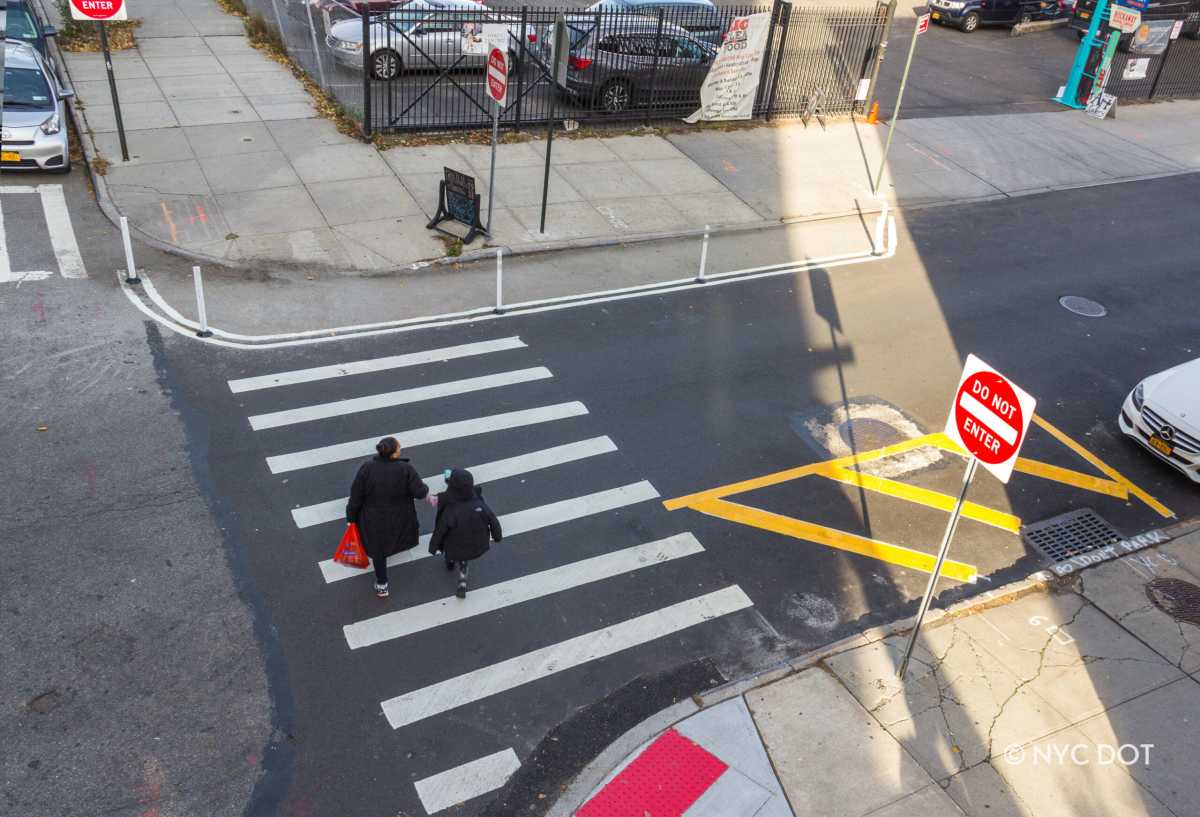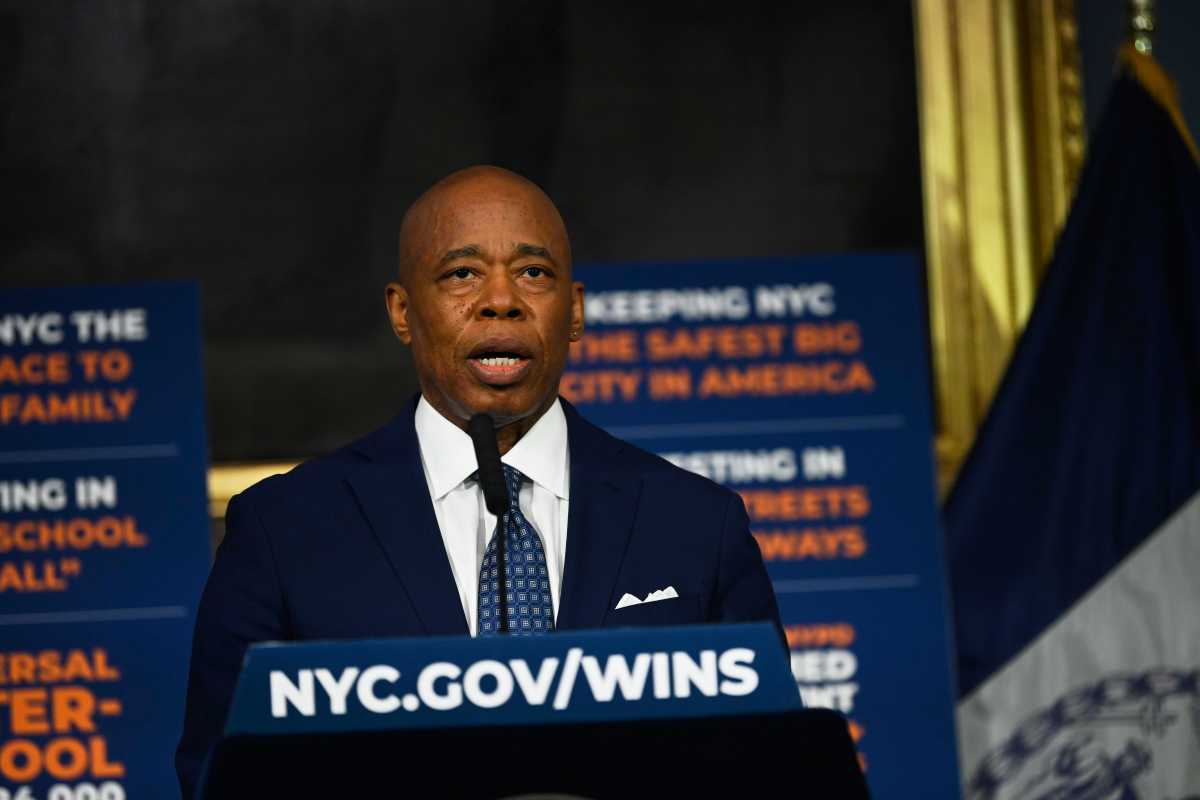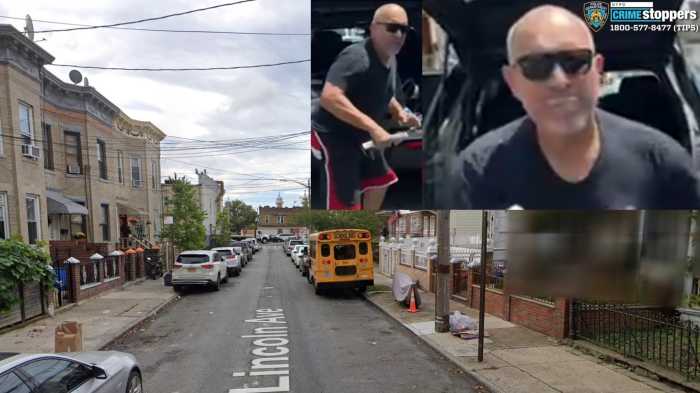New York City pedestrians know the unfortunate drill. You arrive at a corner to cross the street with a stop sign or a traffic signal giving you the right of way, but the vehicle parked closest to the intersection blocks you from seeing oncoming traffic. While it may be perilous, you must step into the traffic lane to see around and confirm whether it is physically safe to cross the street. And if you as a pedestrian cannot see a vehicle, that vehicle’s driver almost certainly cannot see you. When drivers and pedestrians cannot see each other, the likelihood of a crash increases — and here in New York City, more than 50 percent of pedestrian deaths and injuries happen at intersections.
The Adams Administration has been working hard to make intersections safer. State-of-the-art improvements include changing signal timing so that pedestrians — especially more vulnerable children and seniors — can get a jump start into the crosswalk to be seen by turning drivers as well as raising crosswalks to increase visibility.
We’re not stopping there. Even one death is one too many – and we must do even more to make intersections safer. This is why the Adams administration and advocacy groups united recently for a major traffic-safety announcement, with plans to dramatically expand daylighting here in New York City.
“Daylighting” is exactly as it sounds; with cars parked right up to the crosswalk, pedestrians and drivers do not have sufficient “daylight.” On a daylit corner, usually about 15 feet of space adjacent to the crosswalk is instead cleared, allowing all street users to see each other better. To its great credit, the New York City Council earlier this year enacted Transportation Chair Selvena Brooks-Powers’ bill mandating new daylighting benchmarks. Now Local Law 66 of 2023, it requires the Department of Transportation to annually daylight 100 intersections, starting in 2025.
Mayor Eric Adams announced last week that DOT will now far exceed the new law’s targets in both letter and spirit — and do so early. He announced that starting in 2024, New York City will daylight 1,000 intersections annually, enhancing visibility with new hardened elements to protect pedestrians in the crosswalk. Thanks to the work of planners at DOT, the daylighting will be complemented by other design upgrades that ensure vehicle turns are slowed at pedestrians’ most vulnerable point and that daylit spots don’t revert to illegal parking.
The National Association of City Transportation Officials’ Urban Design Guide hails daylighting, which it notes has contributed to decreases in pedestrian injuries and overall crashes in several American cities. And New Yorkers are seeing the light, as well. Open Plans, as well as other advocacy groups across the city, have engaged communities across all five boroughs, with daylighting fast gaining popularity as a simple solution to keep New Yorkers safer.
(The mayor also announced other new critical traffic-safety changes: 1) the city will include traffic fatalities in CompStat 2.0 – NYPD’s state-of-the-art online dashboard – treating traffic safety as a critical public safety issue, and; 2) DCAS will expand its innovative pilot program to place speed limiters within city vehicles — that has thus far reduced crashes by 20%. DCAS will also add this technology to school buses for the first time.)
Intersection safety has long been a top mayoral priority. As he took office in 2022, Mayor Adams announced a plan to make 1,000 intersections safer in one year with design improvements like improved traffic signals, raised crosswalks, and other expanded pedestrian space and visibility measures. The administration exceeded that goal two months ahead of schedule, ultimately completing improvements at 1,400 intersections in 2022, including 300 daylit intersections, a record. In many cases, new daylighting space was filled with beautiful and useful new amenities like planters or bike racks, dramatically increasing the daylighting’s effectiveness. Last week, the mayor raised that already ambitious annual intersection goal to 2,000 annually.
Intersections are used by all of us – drivers, pedestrians, older New Yorkers, and small children – and so will remain our highest priority for design improvements. We still face challenges around Vision Zero — especially this year with the rapid expansion of e-micromobility – and there’s still more work to do. But New York City has been bucking a major national trend around pedestrian deaths: fatal pedestrian crashes on New York City streets have declined to near-record lows when the rest of the country is seeing such crashes reach a 40-year high.
More daylight at our corners will help keep up this encouraging progress, brightening our days by letting us all cross the street safely.
Ydanis Rodriguez is New York City’s transportation commissioner. Sara Lind is the co-executive director at Open Plans.
For more coverage, follow us on Twitter, Facebook and Instagram @bronxtimes

















